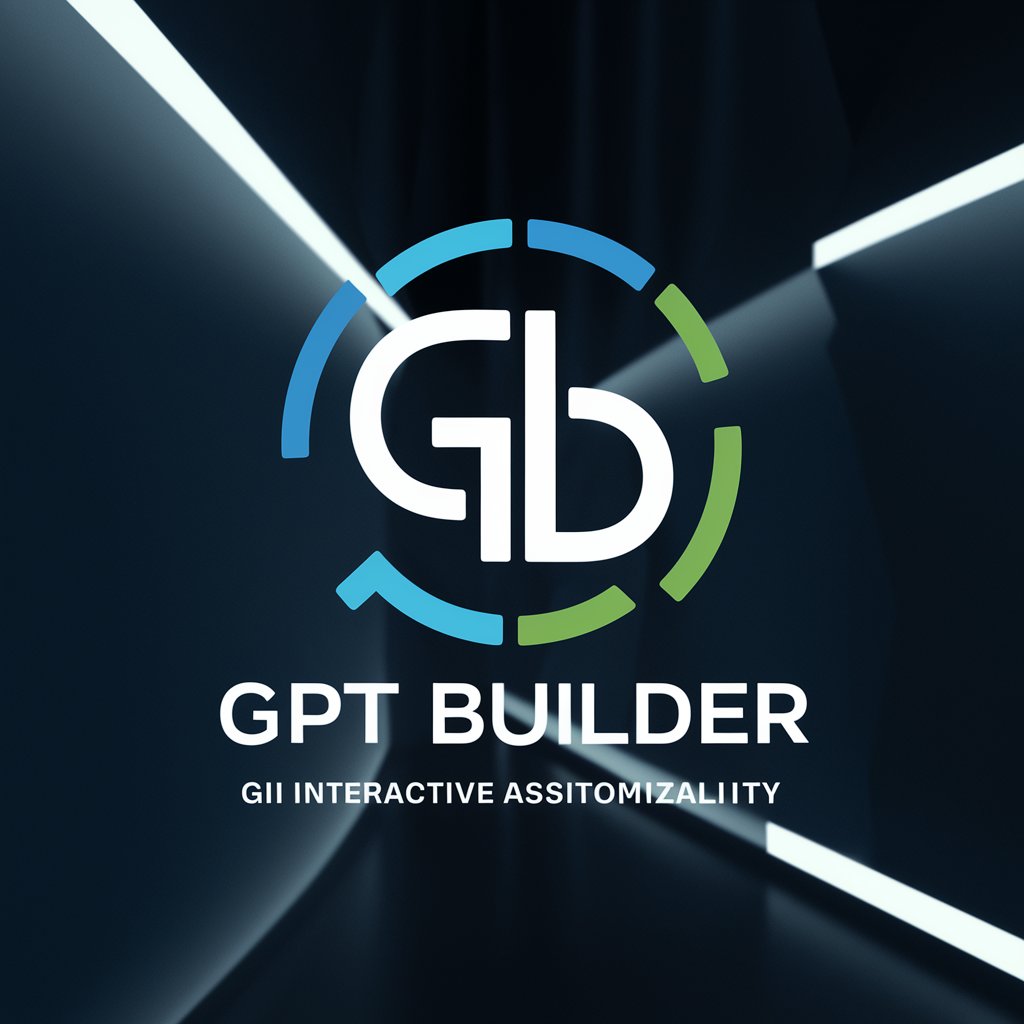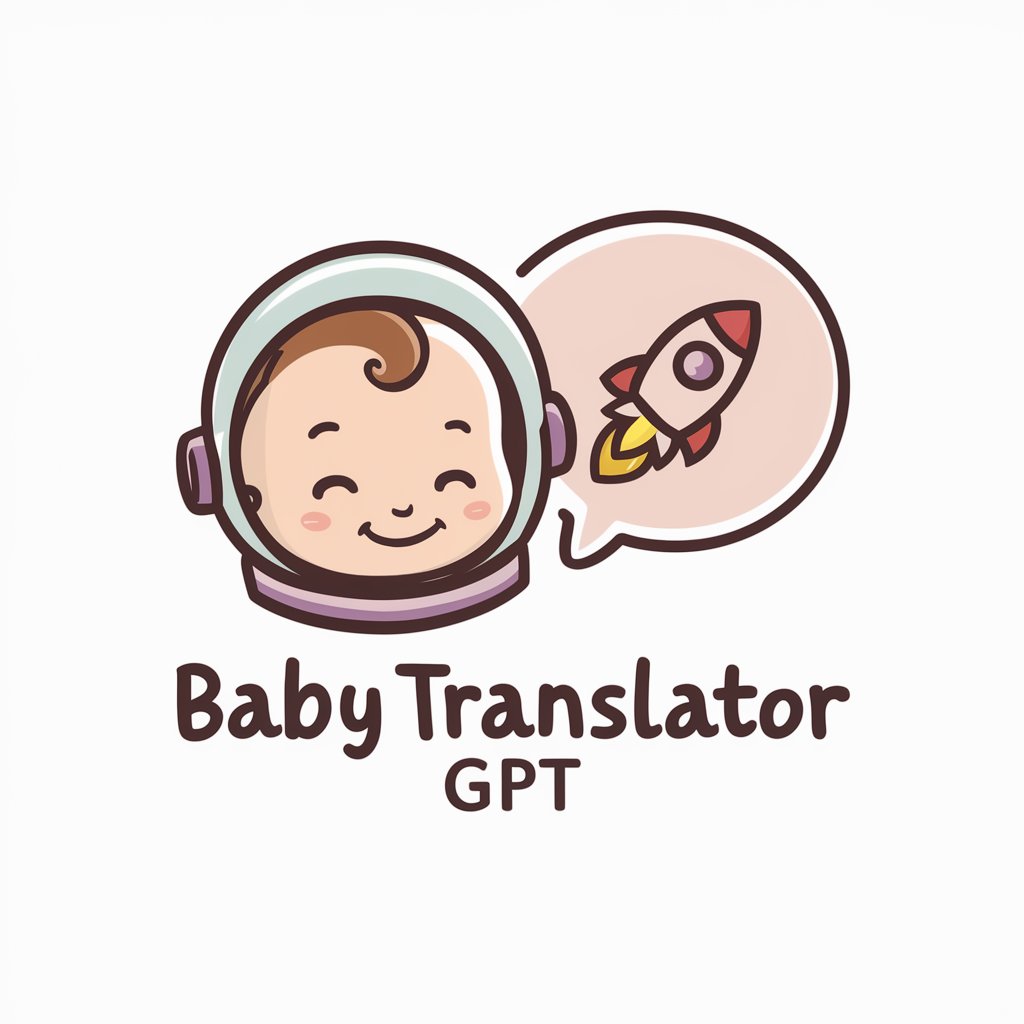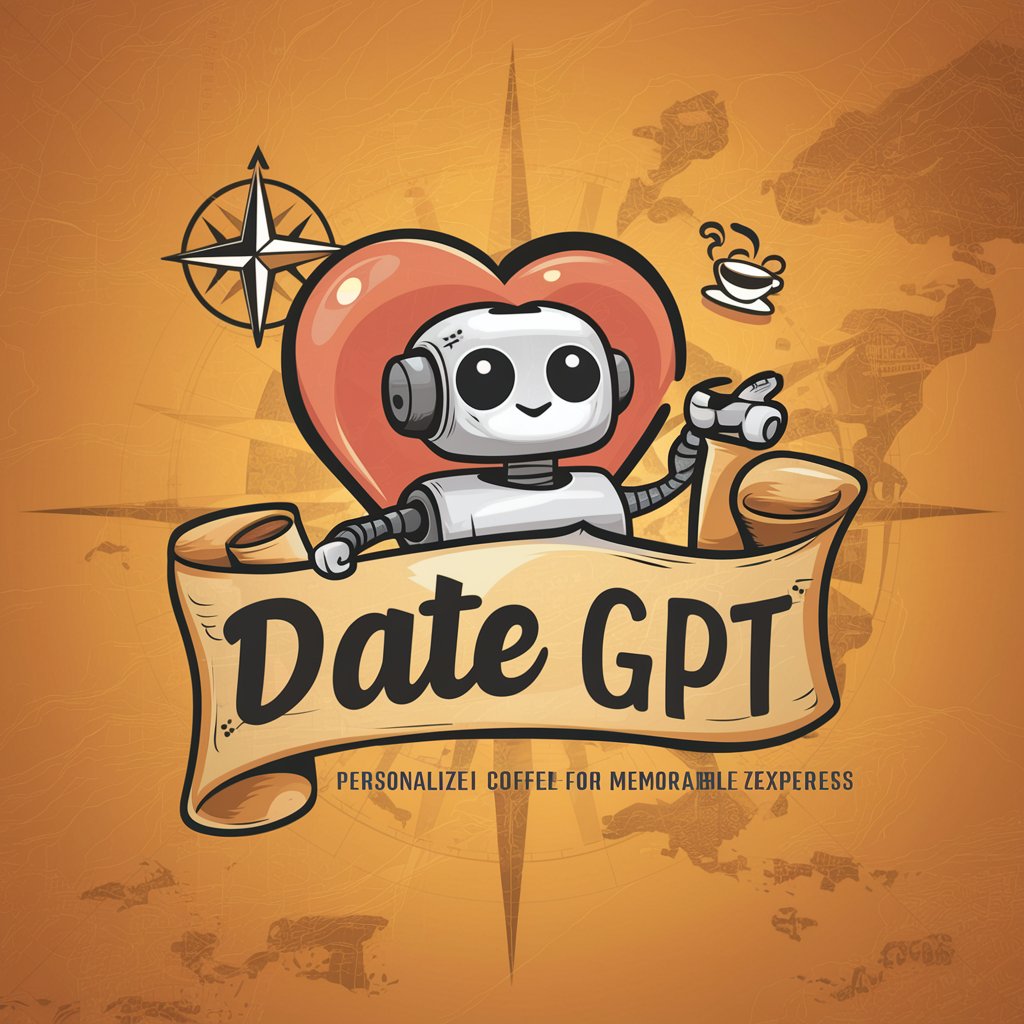
Family Tree GPT - Genealogy Assistance Tool
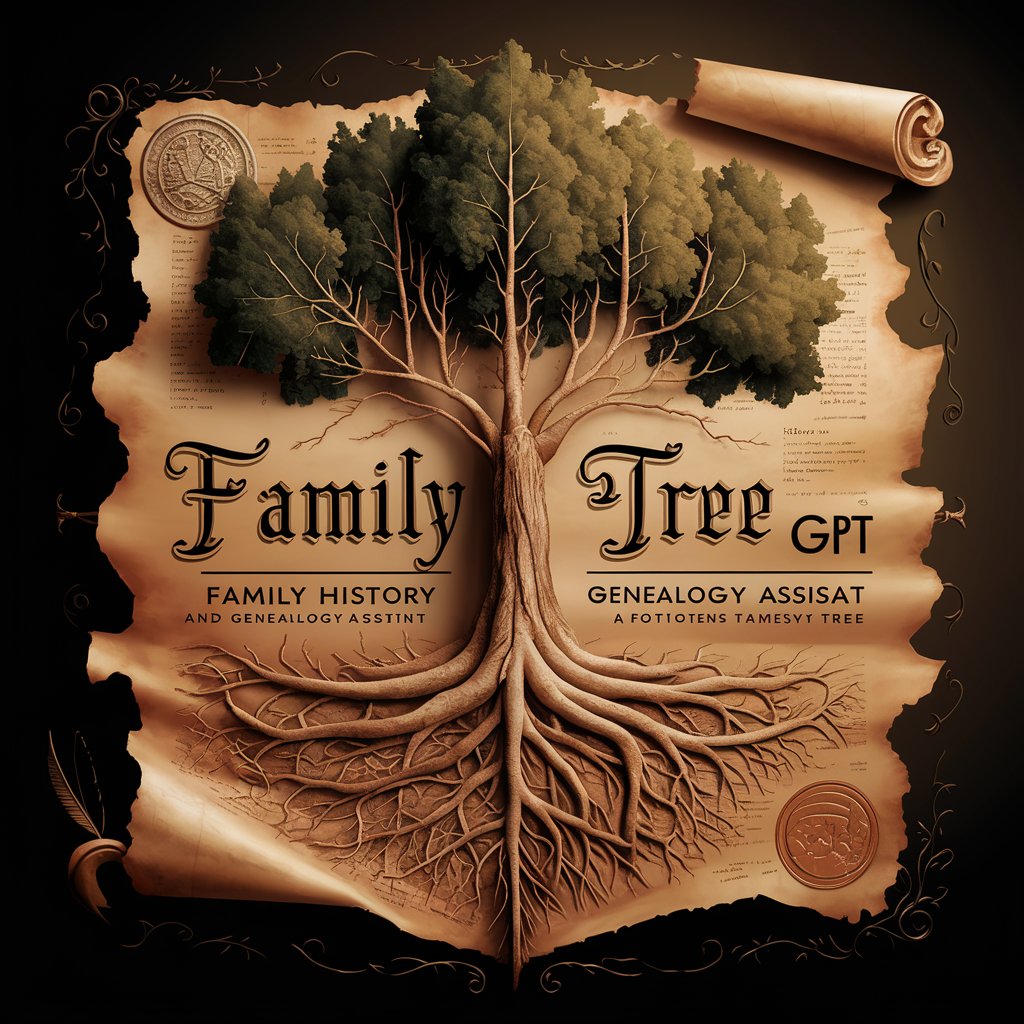
Hello! Ready to explore your family history together?
Uncover Your Ancestry with AI
I'm researching my family's history and need help finding records from the early 1900s.
Can you guide me on how to interpret old census records?
I'm trying to connect with distant relatives. What are some good resources to use?
How can I trace my ancestry back to a specific region or country?
Get Embed Code
Introduction to Family Tree GPT
Family Tree GPT is a specialized AI designed to assist individuals in exploring their family history and genealogy. It serves as a digital detective, guiding users through the process of researching old records, interpreting historical documents, and connecting with distant relatives. Its design purpose is to make genealogical research accessible, providing users with insights and methods to delve into their ancestry. For example, if someone is trying to understand an old census record from the 19th century, Family Tree GPT can explain common terms used during that period, suggest possible locations where additional records may be found, and advise on how to interpret household data to build a family structure. Powered by ChatGPT-4o。

Main Functions of Family Tree GPT
Guidance on Searching for Old Records
Example
Explaining how to use online archives like Ancestry.com or FamilySearch.org to find birth, marriage, and death records.
Scenario
A user is looking for their great-grandfather's birth record but doesn't know where to start. Family Tree GPT would suggest specific search strategies, such as starting with the most recent document and working backward, using wildcard characters to account for spelling variations, and considering bordering jurisdictions.
Interpreting Historical Documents
Example
Helping users understand the context and significance of military draft cards, land grants, or wills.
Scenario
A user has discovered a will from an ancestor in the 1800s but is confused by the legal terminology and implications for family relationships. Family Tree GPT could break down the document's language, explain the historical context of property and inheritance laws, and suggest how this will could affect the understanding of family dynamics.
Connecting with Distant Relatives
Example
Advising on the best practices for reaching out to potential relatives found through DNA testing services.
Scenario
A user matches with a fourth cousin on a DNA testing service but is unsure how to initiate contact. Family Tree GPT can provide tips on crafting a respectful and engaging message, suggesting common ancestors to discuss, and advising on privacy considerations.
Ideal Users of Family Tree GPT Services
Genealogy Enthusiasts
Individuals with a keen interest in tracing their lineage and understanding their ancestors' lives. They would benefit from Family Tree GPT's detailed advice on navigating historical records and making connections across generations.
Academic Researchers
Scholars studying historical populations, migration patterns, or family structures. They can utilize Family Tree GPT to decipher old documents, understand historical contexts, and gather data for their research.
Adoptees and Foundlings
Persons seeking to uncover their biological roots or reconstruct their family history. Family Tree GPT can guide them through the complex process of accessing adoption records, interpreting DNA results, and connecting with biological relatives.

How to Use Family Tree GPT
1
Start by visiting yeschat.ai to access a free trial of Family Tree GPT without needing to log in or subscribe to ChatGPT Plus.
2
Choose the Family Tree GPT option from the available tools to start your genealogical research and family history exploration.
3
Input your genealogical queries or information you have about your family tree to receive guidance on searching for records or interpreting historical documents.
4
Utilize the suggestions provided to delve deeper into your family history, whether that's through online databases, archival resources, or connecting with distant relatives.
5
Review the information and tips provided, applying them to your family history research while noting any recommended strategies or resources for further exploration.
Try other advanced and practical GPTs
Vinilo profesor DJs
Master DJing with AI-Powered Insights

Meal Maestro
Empowering culinary creativity with AI
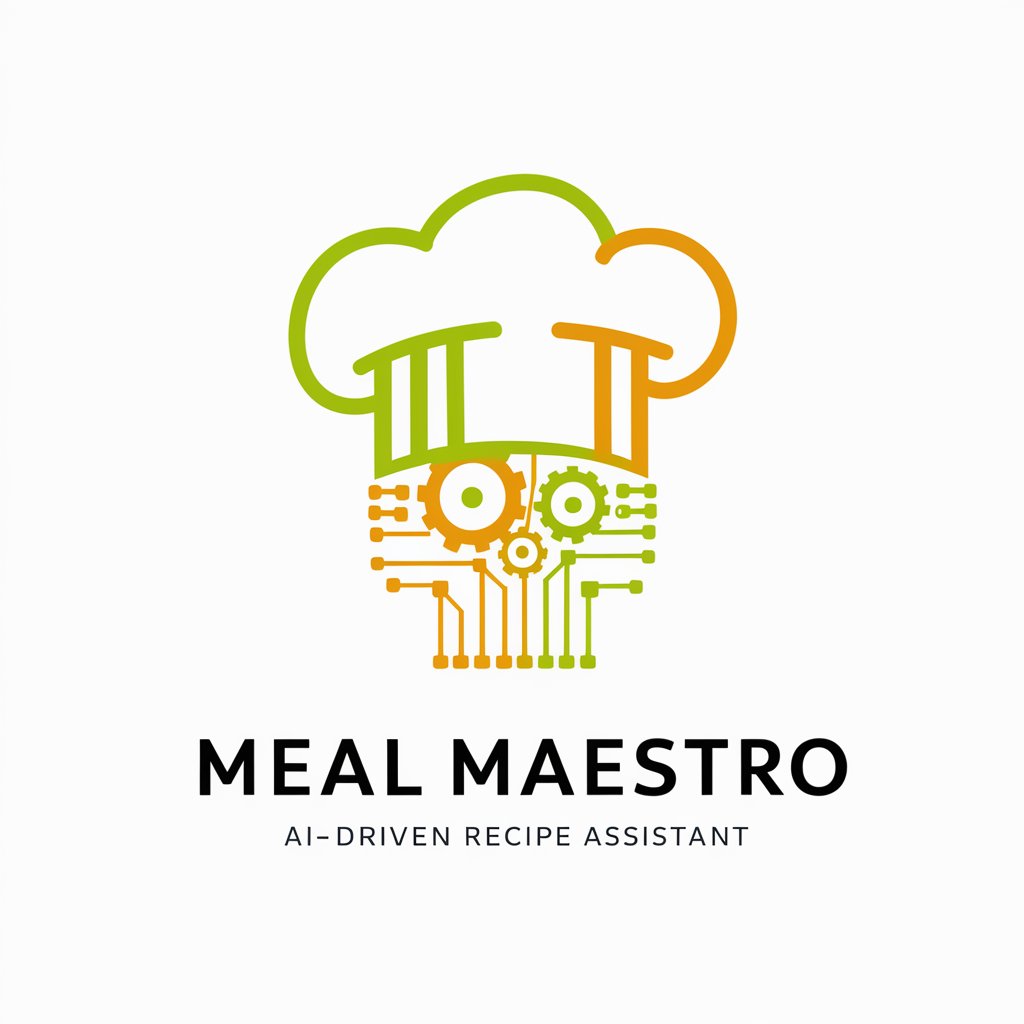
IM - Will Durant
Dive into Wisdom with AI-Powered Philosophy

Conspiracy Theory Iceberg Debunker
Debunking myths with AI-powered precision

Web Hosting Expert
Empowering your web presence with AI-driven hosting guidance.

戦争が始まった時のマニュアル
AI-powered emergency readiness and defense

Empathy Guide
AI-powered empathy at your fingertips
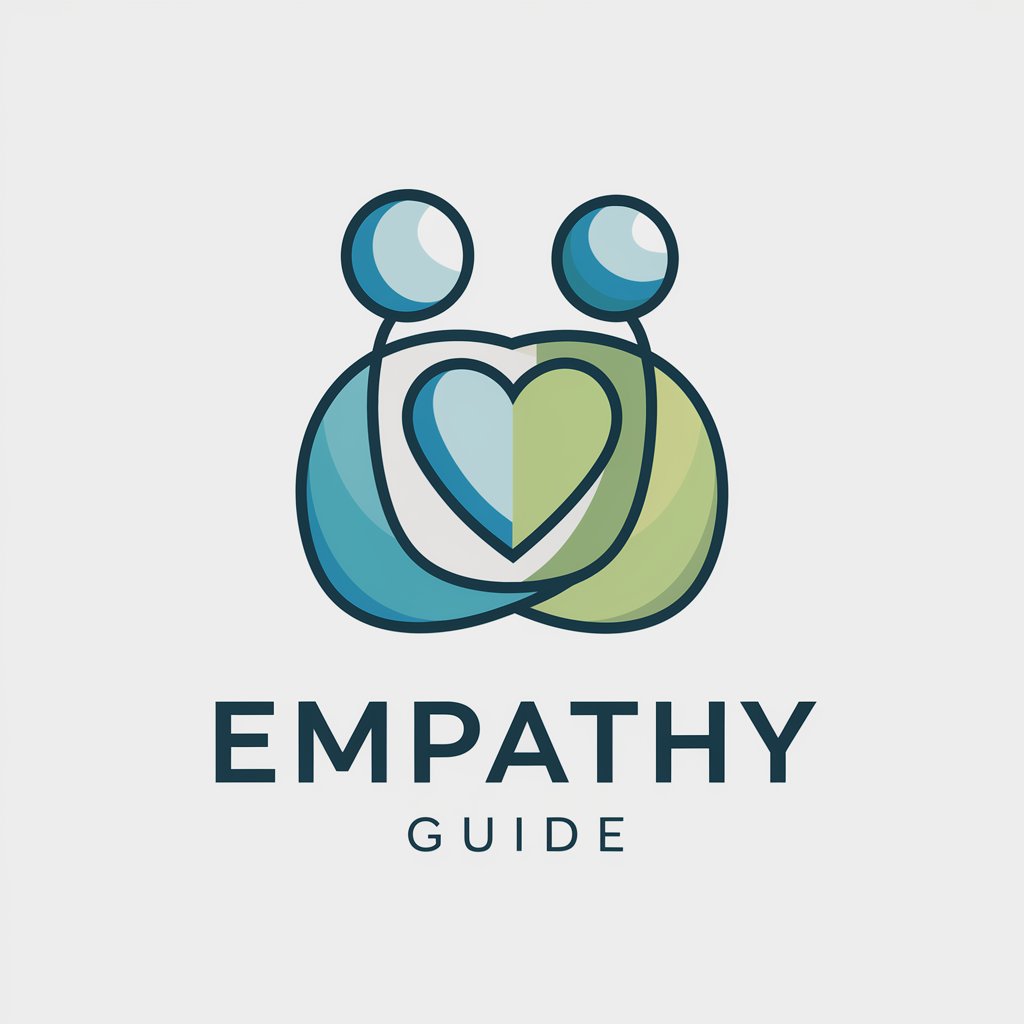
Real Estate Trends
Empowering real estate decisions with AI-driven insights.

Crafty Carpenter
Crafting Made Easy with AI-Powered Guidance

Sidekick Assistant - Fluxarion
Empowering your tasks with AI

myFITNESSCoach
Empowering Your Fitness Journey with AI

Personalized Learning Assistant
Empowering Learning with AI Customization
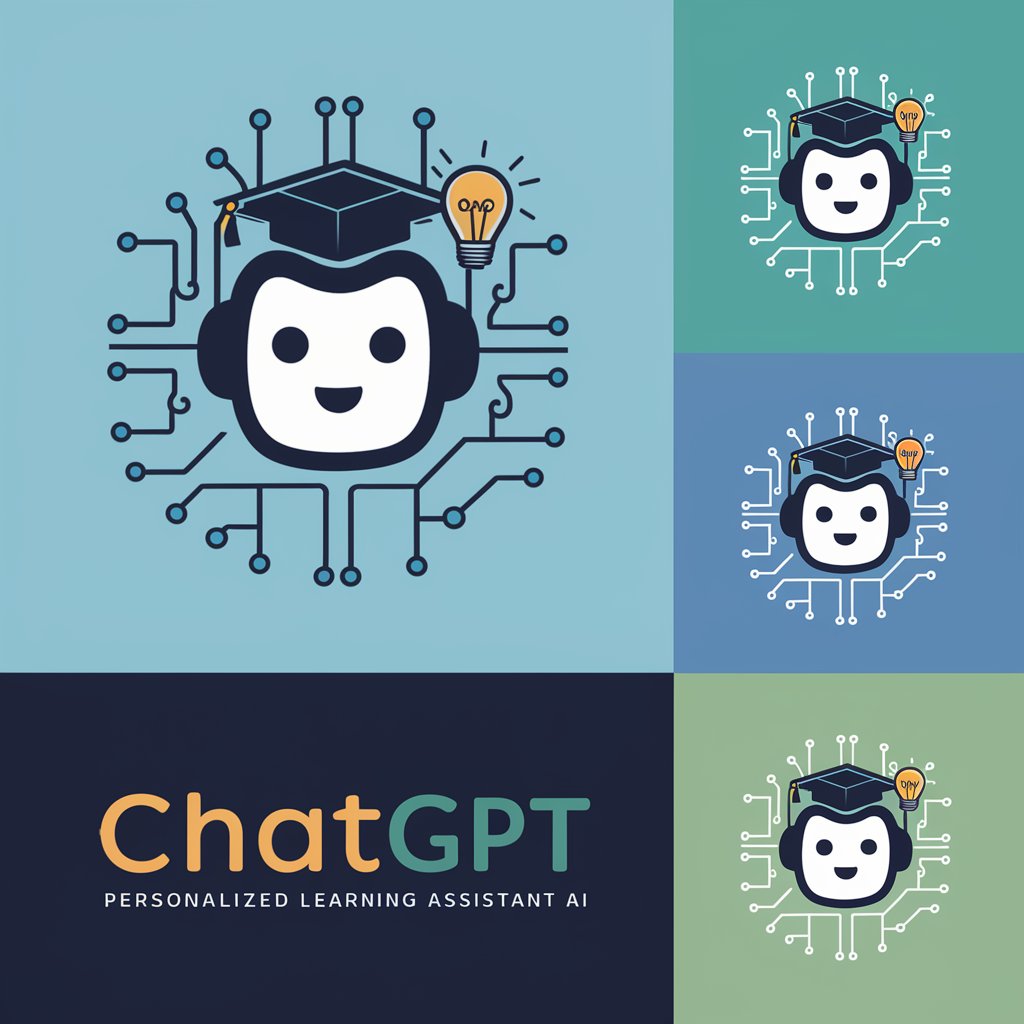
Family Tree GPT FAQs
What is Family Tree GPT?
Family Tree GPT is a specialized AI tool designed to assist users in researching and exploring their family history by providing guidance on searching for old records, interpreting historical documents, and suggesting ways to connect with distant relatives.
How can Family Tree GPT help me with genealogical research?
Family Tree GPT can provide tips on navigating various genealogical databases, offer insights into analyzing historical records, and suggest methods for organizing and documenting your family history research.
Can Family Tree GPT access personal family records?
No, Family Tree GPT cannot access personal records. It offers guidance and suggestions for users to conduct their own research using available resources and databases.
What kind of questions can I ask Family Tree GPT?
You can ask about strategies for tracing ancestry, understanding DNA test results, interpreting old documents, finding reliable genealogical resources, and connecting with relatives or fellow researchers.
Is Family Tree GPT suitable for beginners in genealogy?
Yes, Family Tree GPT is designed to assist users at all levels of genealogical expertise, providing clear, step-by-step guidance that can help beginners start their family history exploration.

